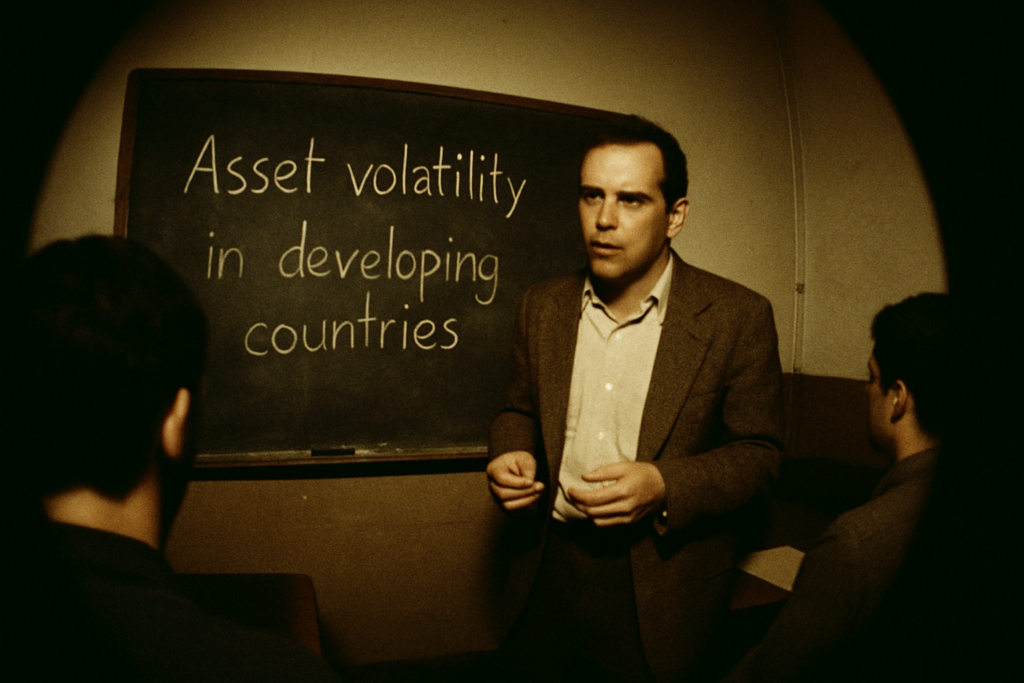Understanding Emerging Markets
Emerging markets offer unique opportunities and challenges. These markets are characterized by rapid economic growth, evolving financial systems, and increasing integration into the global economy. Countries like Brazil, India, and China, for instance, have shown significant potential due to industrial expansion and demographic factors.
Several critical factors shape the attractiveness of emerging markets:
- Economic Growth: Many emerging markets boast higher growth rates compared to developed economies. This growth stems from industrialization, infrastructure development, and a burgeoning middle class. However, volatility can accompany such rapid developments.
- Socio-Political Environment: Political stability and regulatory frameworks heavily influence market attractiveness. Investors must monitor government policies, corruption levels, and the effectiveness of legal systems to assess risk accurately.
- Currency Dynamics: Exchange rate fluctuations can significantly impact investment returns. Awareness of monetary policies, inflation rates, and foreign reserve status helps anticipate currency risks.
- Market Access: Accessibility varies greatly among emerging markets. Investment restrictions, capital controls, and market liquidity affect how investors engage with these economies.
Understanding these elements is crucial for creating effective investment strategies in emerging markets. By analyzing these constant and dynamic factors, I’ve been able to discern potential investment avenues while mitigating associated risks.
Common Risk Factors
Investors in emerging markets face various risk factors that can significantly impact returns. Understanding these risks is crucial to developing informed investment strategies.
Political Instability
Political landscapes in emerging markets can be unpredictable. Changes in government, regulatory shifts, or civil unrest often create uncertainty. Investors need to assess the stability of governing bodies and any potential risks from policy changes. For instance, sudden changes in trade regulations can disrupt market conditions and affect investment outcomes.
Economic Volatility

Emerging markets often experience significant economic volatility. Factors such as:
- fluctuating commodity prices
- inflation rates
- growth
prospects pose challenges to investors. Monitoring macroeconomic indicators helps gauge market resilience. For example, rapid inflation can erode the purchasing power of local currencies, impacting investment returns.
Currency Fluctuations
Currency fluctuations remain a notable risk in these markets. Exchange rates can vary due to external pressures or domestic monetary policies. Hedging strategies may help mitigate these risks. Currency depreciation can reduce the value of returns when repatriated to an investor’s home currency, which makes this factor crucial to monitor.
Risk Assessment Methods
Risk assessment in emerging markets often involves a combination of qualitative and quantitative analyses to navigate complexities effectively. These methods help in uncovering hidden risks and potential opportunities.
Qualitative Analysis
Qualitative analysis provides insightful context beyond numbers. In emerging markets, I examine political stability, regulatory environments, and social factors. Understanding local customs and political climates can highlight risks and opportunities that numerical data might miss. For instance, assessing governmental policies and community sentiments aids in identifying potential regulatory changes that could impact investments. This method aligns with a holistic approach, enhancing an investor’s ability to make informed decisions based on a comprehensive market view.
Quantitative Tools
Quantitative tools rely on numerical data to assess financial risk in emerging markets. I utilize metric-based analyses, such as economic indicators and fiscal policies, to evaluate market viability. Metrics like GDP growth rates, inflation rates, and balance of payments provide baseline economic stability snapshots. Statistical models and financial simulations can anticipate market movements, helping to manage risk. By focusing on quantifiable data, these tools offer a method to systematically evaluate market conditions, assisting investors in crafting strategic responses to potential financial uncertainties.



